General Liability provides protection for track & field teams and leagues, as well as for respective directors, officers, employees, and volunteers against claims of bodily injury, property damage and personal/advertising injury. It also provides legal defense, paying up to the policy limit in the event of an adverse jury verdict or settlement.
Accident Insurance pays for out-of-pocket medical costs incurred by injured participants including players and staff.
Even though track and field events are not contact sports, injuries still happen. Each event can lead to different injuries and overuse injuries are common. Below are some of the most common injuries associated with the three categories of track and field events.
Running
- Stress fractures in feet and legs
- Achilles tendonitis and ruptures
- Hamstring strains
- IT band syndrome
- Bursitis
- Hip impingement
Jumping
- Stress fractures
- Achilles tendonitis
- ACL stains/tears
- Bursitis
Throwing
- Shoulder impingement
- Rotator cuff injuries
- Bursitis
- UCL tears of the elbow
Preventing Track & Field Injuries
Shoes: A properly-fitted shoe will help stabilize the athlete’s ankle joint and absorb forceful impact with the ground.
Warm-Up/Cool Down: Stretches should be sport specific.
Periodization: Volume, duration and intensity of training should increase gradually by 5 to 10% per week.
Strength Training: To prevent injuries in track athletes, strength training should be event specific.
Technique: Incorrect form can lead to injuries.
Hydration & Heat: Staying hydrated is critical in track & field, as is preventing heat exhaustion.
Inclement Weather: Take precautions during severe storms and heeding storm/tornado/hail warnings. Be cognizant of standing water on the track and wet tracks in general, which are slip-and-fall accidents waiting to happen.










